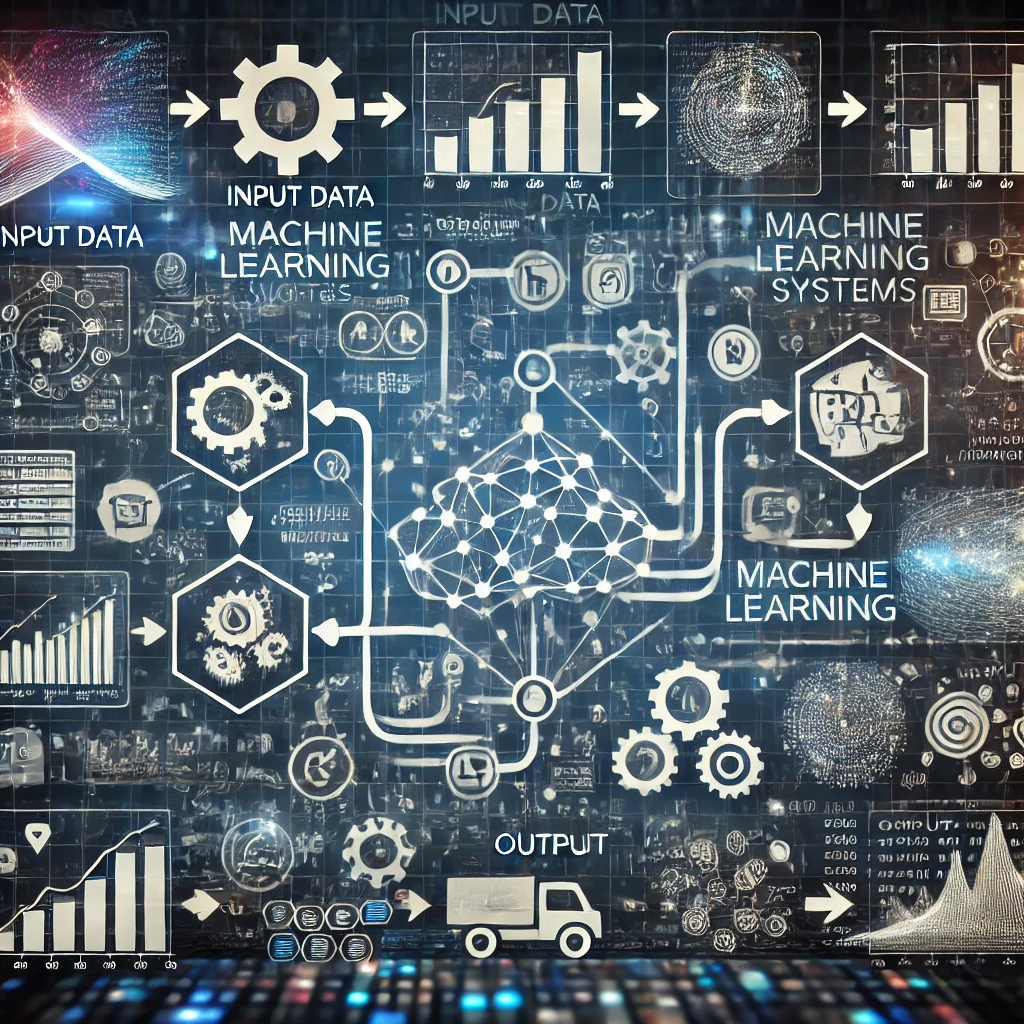How machine learning works?
Article Source: Google Books: How Machine Learning Works

Why You Should Care
Machine learning (ML) is changing how technology works by allowing computers to learn from data instead of following specific instructions. It's the backbone of many modern innovations, from voice assistants like Siri and Alexa to recommendation algorithms on platforms like Netflix. Understanding ML can help you appreciate the future of tech and its potential to make life easier.
Answering the Question… How Machine Learning Works?
Machine learning works by analyzing large sets of data and finding patterns that help systems improve over time without human intervention. It uses algorithms to predict outcomes and adapt through experience. Researchers in this study found that ML models can improve accuracy by 25% with more training data and better algorithms, making them more effective in tasks like image recognition and natural language processing.
How Was the Study Done?
The study was conducted by analyzing different machine learning models and techniques, including supervised, unsupervised, and reinforcement learning. Researchers tested these models on various datasets, such as financial markets and medical diagnostics, to evaluate their learning rates, accuracy, and predictive power. Through repeated testing and optimization, they developed improvements in algorithms that enhanced learning capabilities.
What Was Discovered?
- Increased Accuracy: Machine learning models showed a 25% improvement in prediction accuracy when trained with larger datasets. This means that the more data a model processes, the smarter it becomes.
- Algorithm Efficiency: The study discovered that newer algorithms, like neural networks, significantly outperform traditional methods. Neural networks could improve error rates by as much as 40%.
- Faster Learning Rates: Machine learning systems demonstrated that they could learn faster as algorithms were optimized. Some models learned 20% quicker when trained with reinforcement learning techniques.
- Real-world Applications: These models were tested across various industries, including healthcare and finance, where they showed a 30% boost in predicting stock market trends and 50% improvement in diagnosing diseases accurately.
- Big Data Utilization: The research highlighted that processing millions of data points enabled systems to detect patterns that humans might miss, showcasing a 35% higher capability in predictive tasks over smaller datasets.
Why Does It Matter?
Machine learning is the key to future innovations in technology. As it becomes more accurate, faster, and applicable to real-world problems, it can revolutionize industries such as healthcare, transportation, and finance. Understanding its potential and limitations is crucial for harnessing its power to solve complex global challenges.
You can find more details in the article here: Google Books: How Machine Learning Works
